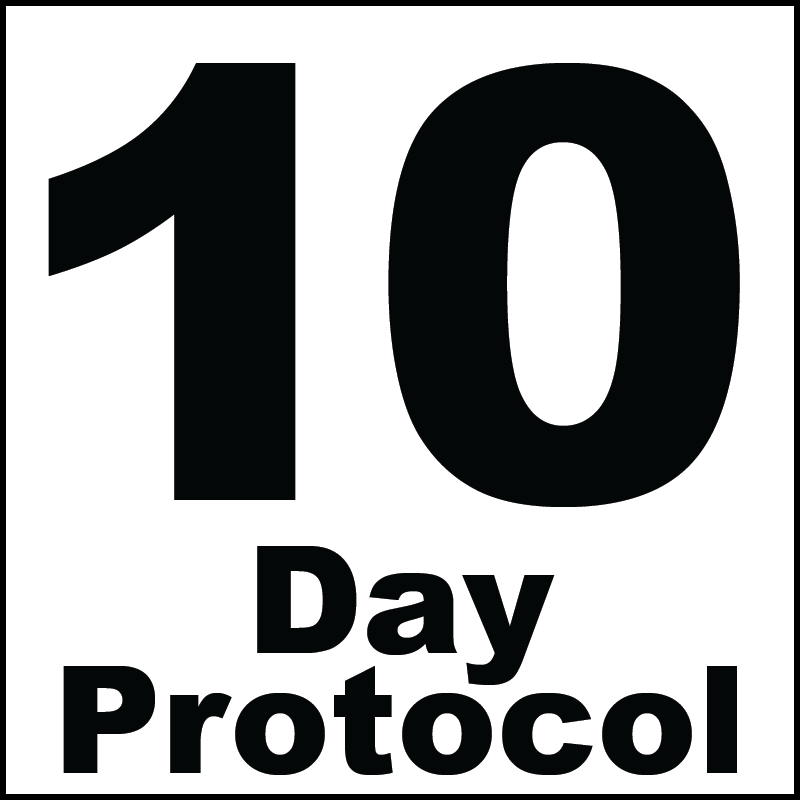ONE-D Protocol for Depression: Accelerated TMS Treatment
Optimized Neuroplastogen Enhanced Depression (ONE-D) Protocol is now available at NeoPsych by Dr. Thomas Hughes. Looking for a faster, research-backed alternative to traditional depression treatment? NeoPsych proudly offers the ONE-D Protocol, a cutting-edge approach that combines accelerated TMS therapy with medications that enhance neuroplasticity, delivering symptom relief from depression and anxiety in a single day of treatment.
What is the ONE- D Protocol?
The ONE-D Protocol is a one-day, accelerated neuromodulation treatment designed to deliver fast, effective relief for individuals struggling with depression and anxiety. It combines three powerful components:
1. intermittent Theta Burst Stimulation (iTBS)
2. Neuroplasticity-enhancing medications
3. A highly structured, same-day treatment schedule consisting of 20 TMS sessions.
This comprehensive approach leverages recent advances in neuroscience to optimize patient outcomes in a fraction of the time required by conventional protocols.
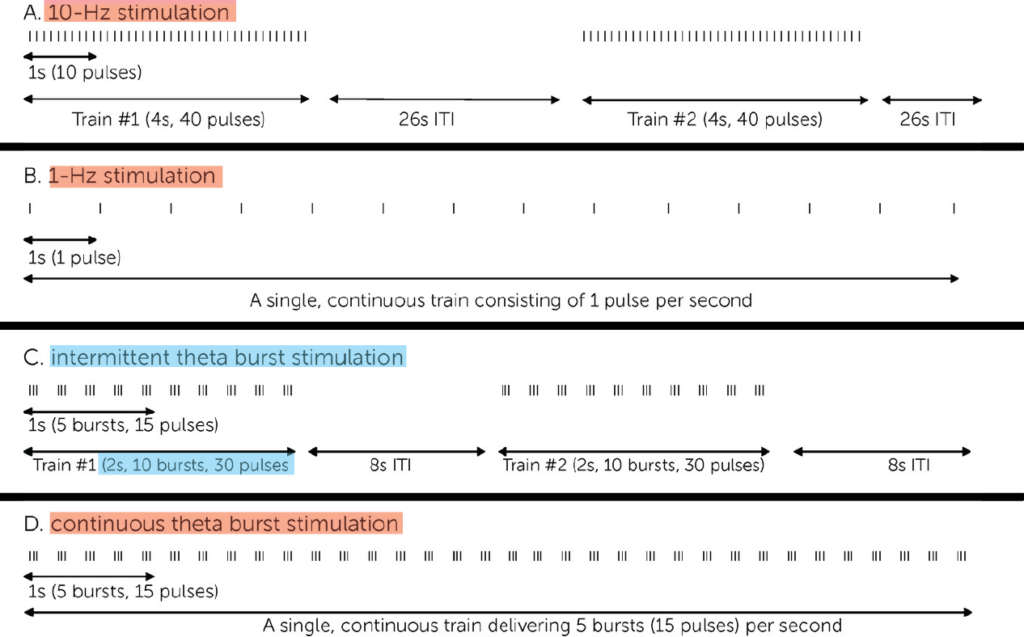
At the heart of the ONE-D Protocol is iTBS, a cutting-edge form of transcranial magnetic stimulation (TMS) that delivers short, high-frequency bursts of magnetic pulses to targeted areas of the brain associated with mood regulation. These sessions are significantly faster than traditional rTMS, typically lasting only 3 to 10 minutes each, without compromising efficacy. Standard TMS treatments last 20 to 40 mins.
Comparison to SAINT TMS
Developed in response to the growing demand for faster and more accessible mental health care, the ONE-D Protocol builds upon the same scientific foundation as the Stanford Accelerated Intelligent Neuromodulation Therapy (SAINT) protocol. It offers comparable neurological benefits in a significantly more condensed format, making it ideal for high-functioning professionals, parents, or individuals who are unable to commit to traditional five-day-per-week treatment schedules.
Other Protocol Options:
Scroll For More About The 1 Day TMS Protocol Or Click To Contact a Representative
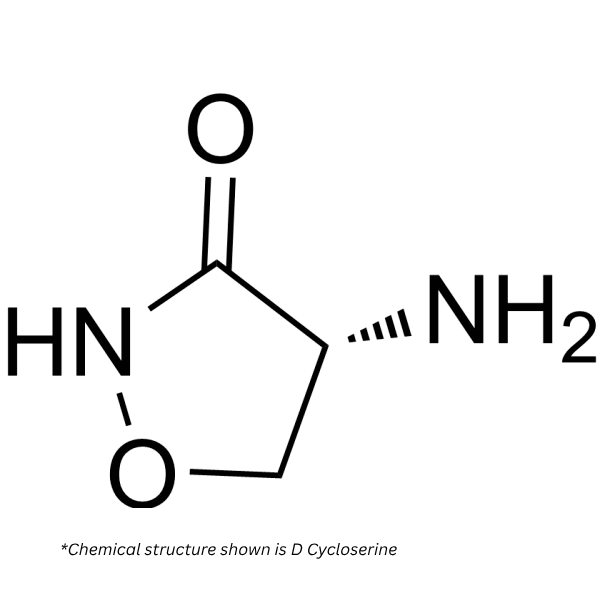
Neuroplasticity Stimulants
In addition to the neuromodulation component, the ONE-D Protocol includes medications that enhance neuroplasticity—specifically D-Cycloserine and Vyvanse. These medications are carefully timed and dosed to prime the brain for treatment, increasing its responsiveness to stimulation and supporting the long-term formation of new neural pathways associated with mood improvement.
Who Is It For?
The ONE-D protocol is ideal for:
- Individuals unable to commit to daily TMS sessions over several weeks
- Patients seeking non-medication-based depression treatment
- Those looking for similar outcomes to the standard protocol with fewer visits
The one day protocol combines convenience with efficacy, making it a compelling option for busy professionals, parents, students, and others with limited time for conventional treatment plans.
Neopsych offers convenient hours for people in this category to take advantage of the new advancements in TMS research

How the ONE-D Protocol Works: Faster, Smarter Depression Relief
Over the past decade, researchers in neuromodulation and psychiatry have continually pushed the boundaries of what’s possible with transcranial magnetic stimulation (TMS). Traditionally, patients underwent TMS treatments five days a week for six to seven weeks—a significant time commitment that many found difficult to maintain. However, new data and technological advancements have reshaped this model. Evidence now shows that similar or even superior outcomes can be achieved with accelerated TMS protocols, condensing what used to take over a month into a single day of treatment. The ONE-D Protocol is at the forefront of this evolution.
The ONE-D Protocol—short for Optimized Neuroplastogen Enhanced-Depression—builds upon well-established TMS research and introduces a streamlined, clinically advanced method for rapidly reducing symptoms of depression and anxiety. By combining proven TMS protocols with carefully selected neuroplasticity-enhancing medications, the protocol enables the brain to respond more efficiently to stimulation while reducing the overall treatment burden on the patient. This not only leads to faster results but also makes care more affordable and accessible to a wider range of individuals.
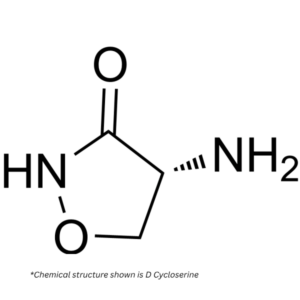
These medications are being used off-label, which is common in advanced psychiatric treatments. That means they’re being safely used for purposes beyond their original FDA approval, based on growing clinical research
D-cycloserine is a supplement being used as an adjunct to many other conditions, such as OCD and anxiety. Vyvanse is a well-tolerated medication that is used to address ADHD and treatment-resistant depression. iTBS has also been studied extensively and found to be very effective when used for accelerated protocols.
Clinical Outcomes: What Patients Can Expect After ONE-D Treatment
The clinical results from the ONE-D Protocol are both promising and consistent with leading research in the field of accelerated neuromodulation. In a cohort of patients who received the full-day protocol, over 90% reported a significant improvement in depressive symptoms by week 12 following treatment. Even more impressively, more than 65% of patients reported near-complete or total remission of depression symptoms, aligning closely with results seen in protocols like Stanford’s SAINT and other high-dose, accelerated TMS approaches.
It is important to note that symptom relief is not typically immediate. While the treatment is completed in a single day, improvements tend to emerge gradually over the course of several weeks, as neural pathways continue to strengthen and adapt. This progressive change mirrors the natural timeline of neuroplastic recovery and highlights the long-lasting benefits of pairing TMS with medications that enhance brain responsiveness.
These results affirm the ONE-D Protocol as a highly effective and time-efficient option for individuals seeking rapid, research-backed relief from major depressive disorder, particularly those who have not responded to standard medications or prefer to avoid long-term pharmaceutical interventions.
Hamilton Depression Rating Scale
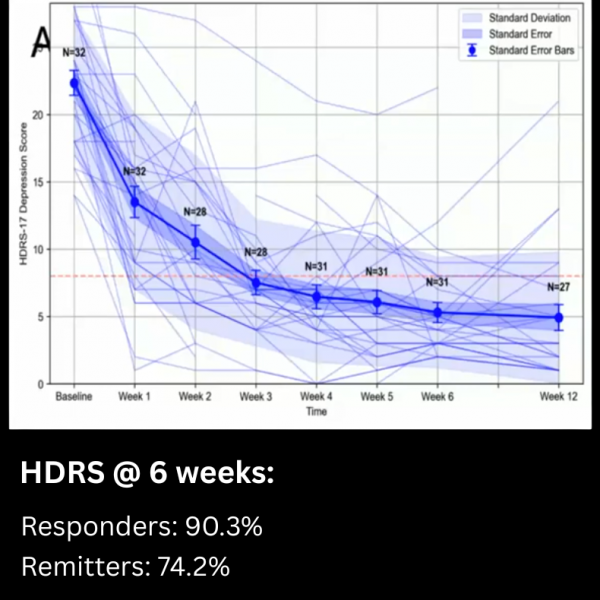
ONE-D Protocol Schedule
Patients follow a structured schedule beginning early in the morning and continuing until all 20 sessions are completed. The day typically looks like this:
- 6:00 AM – Administration of D-Cycloserine and Vyvanse
- 6:30 AM – Completion of depression and anxiety rating scales
- 7:00 AM to 11:30 AM – TMS treatments every 30 minutes, 10 sessions before lunch
- Afternoon – Remaining 10 sessions completed in the same pattern
This intensive schedule is designed to stimulate rapid neuroplastic changes that support improved mood regulation.
Ready to Take the Next Step?
If you’ve been struggling with depression or anxiety and want a faster, more effective option, the ONE-D Protocol may be right for you. Book your consultation today and find out if you’re a candidate for this breakthrough treatment.



